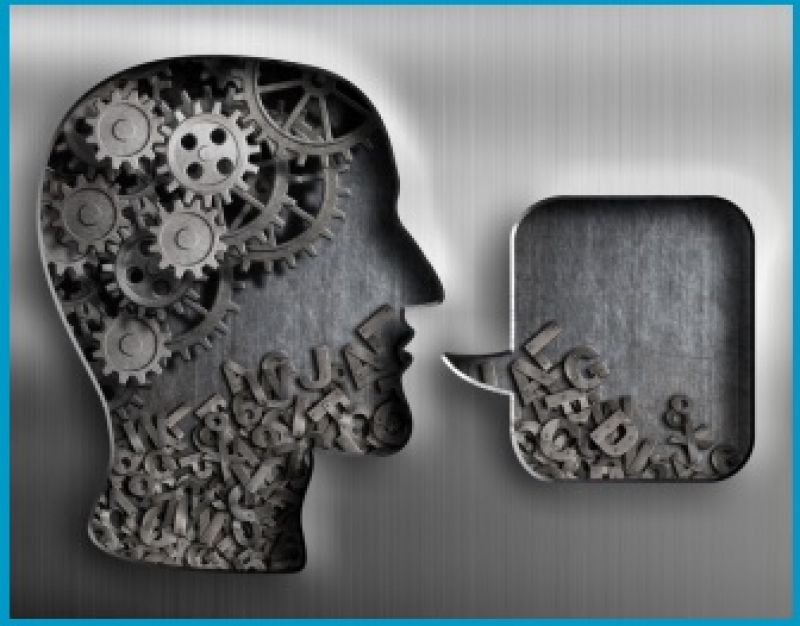Abstract:
If cognition is broadly shaped by an interplay of embodied mechanisms (Barsalou, 1999; Gallese & Lakoff, 2005; Gentsch, Weber, Synofzik, Vosgerau, & Schutz-Bosbach, 2016; Pulver-mu ̈ ller, 2005; Zwaan, 2014), then cognitive deficits could be profitably reinterpreted as disruptions of embodiment (Birba et al., 2017). Despite its simplicity and obviousness, this straightforward implication has not been systematically assessed in the literature, let alone with a focus on specific target populations featuring systematic disturbances in cir- cumscribed higher-order domains. The present Special Issue seeks to bridge such a gap by delving into the intimate links between movement disorders and impairments of syntax and action language (namely, verbal expressions alluding to bodily movements).


